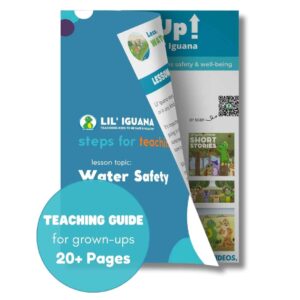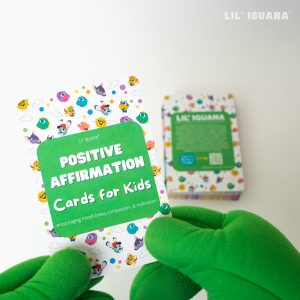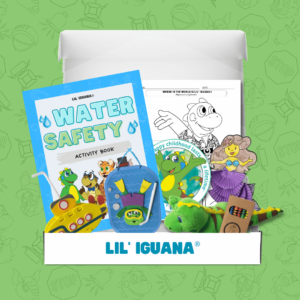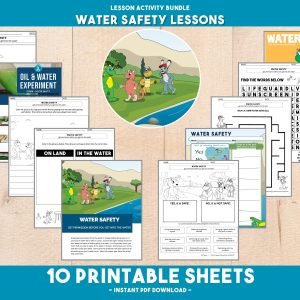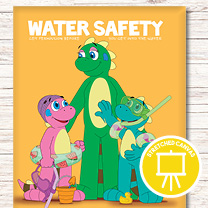Sharing Water Scenarios to Teach Safety
Fun stories for kids
Did you know drowning is the leading cause of injury-related death among children between the ages of 1 and 4 while also being the third leading cause of unintentional injury-related death among children 19 and under? Remember that swimming lessons do not guarantee safety, so vigilance is still crucial. Consistent reinforcement and open communication about water safety are key to ensuring your child understands the potential dangers and knows how to stay safe. Below are a six scenarios to can use while teaching water safety to kids.
Scenario 1: Staying Safe at the Beach
Tim and Lily are thrilled to visit the beach with their family. They can’t wait to jump into the waves and cool off. But before they dive in, their parents remind them about water safety.
Tim and Lily’s parents teach them about different water zones at the beach: the shallow area, where it’s safe to wade and play, and the deeper area, where swimming is allowed under adult supervision.
They explain that Tim and Lily should never go swimming alone and should always swim with an adult present. Tim and Lily are reminded to listen to their parents and follow their instructions while in the water. Their parents show them how to check for warning flags or signs on the beach that indicate unsafe conditions, such as strong currents or jellyfish presence.
They teach them to stay out of the water if these signs are present. Tim and Lily put on proper flotation devices, such as life jackets, if they are not strong swimmers or when advised by their parents.
Before entering the water, Tim and Lily make sure to test the depth and check for any hidden obstacles, such as rocks or sharp shells. They avoid swimming near piers or jetties to prevent accidents. Tim and Lily’s parents encourage them to take breaks and rest on the shore to avoid exhaustion. At the end of their beach visit, they ensure to rinse off the saltwater by taking a shower to avoid skin irritation.
By following the water safety guidelines, Tim and Lily have a blast at the beach while staying safe and having fun in the water. It’s essential to supervise children at all times and adapt the safety instructions according to their age, swimming abilities, and the specific conditions of the beach.
Scenario 3: Having fun at the Lake
Sarah and her friends decide to go for a picnic near a lake. Sarah’s mom, Mrs. Johnson, teaches her about water safety before they leave. She tells Sarah:
“Sarah, it’s important to remember that we should always stay close to the shore when we’re near the water. When you arrive at the lake, look for signs or instructions about any specific swimming areas or dangerous zones. It’s best to swim in designated areas where there are lifeguards around. If there are no lifeguards, make sure an adult is present and paying close attention.”
Scenario 5: Friendly Summer Day
It’s a hot summer day, and Daniel’s family is going to a community pool. Daniel’s mom, Mrs. Thompson, wants to refresh his memory on pool safety. She says:
“Daniel, do you remember our pool safety rules? First, always walk and never run around the pool area—it’s slippery. Second, we should never dive into shallow water. Only dive where it’s allowed and deep enough. Also, no pushing or horseplay near the pool. And finally, let’s always listen to the lifeguards and follow their instructions. They’re there to keep us safe.”
Scenario 2: Confidence in the Pool
Sophie and Max are eager to jump in the pool and show off their swimming skills. Before they start, their parents remind them of important safety measures to ensure a safe swimming experience.
Sophie and Max’s parents remind them to warm up by stretching their muscles before entering the pool to prevent injuries. They encourage them to start with water activities in the shallow end until they feel comfortable.
Sophie and Max are reminded to never go beyond their swimming abilities and to ask for help or take a break when needed. Their parents explain the importance of using Coast Guard approved floatation devices, such as arm floaties or life jackets, especially if they are still learning to swim or if they are in deep water.
Sophie and Max practice putting on their floatation devices correctly and ensure they fit snugly. Their parents explain that they should never remove their floatation devices without adult permission or supervision. Sophie and Max are reminded to always swim with a buddy, even if they are using floatation devices.
Their parents teach them how to identify pool safety equipment, such as life rings or rescue tubes, and explain that they should never play with them, as they are for emergencies only. Sophie and Max’s parents stress the importance of listening to the lifeguard’s instructions and following pool rules.
By practicing water skills, using appropriate Coast Guard approved floatation devices, and following safety measures, Sophie and Max can have a fun and safe time at the pool while improving their swimming abilities.
Scenario 4: Kayaking with Relatives
Michael and his cousin, Emily, are going on a kayaking trip with their uncle, Mr. Rodriguez. Before they start their adventure, Uncle Rodriguez sits them down and explains:
“Okay, kids, kayaking can be a lot of fun, but it’s essential to wear our life jackets at all times. Even if you’re a strong swimmer, accidents can happen. We should also keep a safe distance from motorized boats and never try to touch the propellers. If we want to explore deeper waters, let’s make sure we have the necessary experience and skills or ask an adult to accompany us.”
Scenario 6: Following the Rules at the River
Lisa and her friends plan a river tubing trip. Lisa’s dad, Mr. Wilson, wants to make sure they understand the risks involved. He gathers them together and says:
“Alright, team, river tubing can be a lot of fun, but let’s be cautious. Before getting in the water, check the current’s speed and choose a safe route. Avoid any obstacles like rocks or fallen trees. If you fall off the tube, try to stay calm and float on your back with your feet pointed downstream. You should also wear protective footwear to prevent injuries from hidden rocks or sharp objects.”
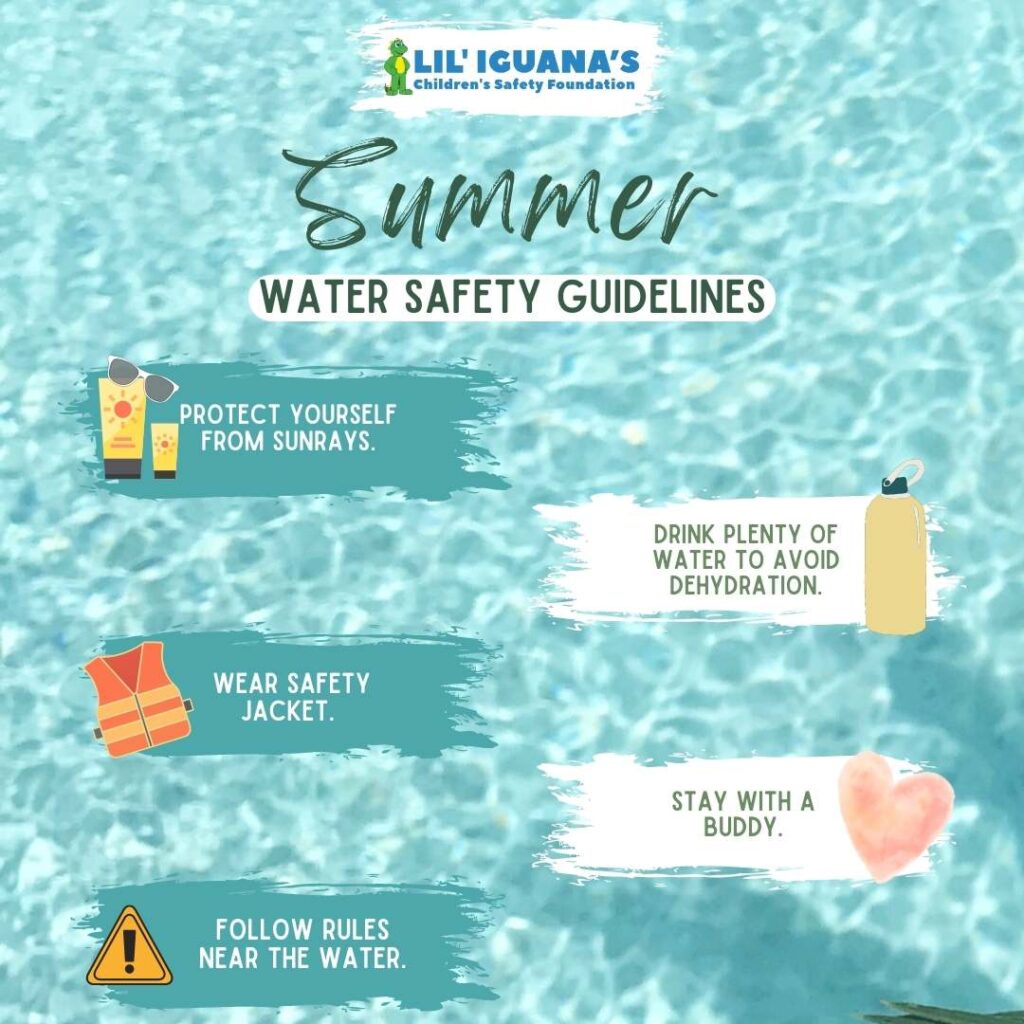
These are just a few ideas to help young children learn how to be safe around the water. Remember, these scenarios are meant to be shared by parents with their kids as part of a discussion on water safety. It’s important to tailor the scenarios to the specific age and understanding of the child and provide additional guidance and supervision as necessary.
Printable Activity
Tag @LiliguanaSafety on socials and hashtag it #liliguanafun
Get the Printable:
-
Water Safety: Activity Box
Select options This product has multiple variants. The options may be chosen on the product page -
Snorkeling: T-Shirt
Select options This product has multiple variants. The options may be chosen on the product page -
Beach: T-Shirt
Select options This product has multiple variants. The options may be chosen on the product page

